A warning from history

Fig 1. These sharp looking clowns rose to power in the reaction against unemployment in the 1930s and then wrecked the world in the 1940s..
History could repeat itself following the coronavirus pandemic with a new set of extremist clowns rising to power. The process is already under way with right wing nationalists being voted into power in several countries.
Trump is currently out of power in the USA, but as the old saying goes, “It’s hard to kill a bad thing.”

Fig 2. Even before the pandemic, the people who made these posters were frightened and ripe for extremist exploitation.
We propose less divisive solutions, treating the diseases of despair as conditions that can be cured by new infrastructures that build on a nation’s industrial past.
These solutions would offer both jobs and dignity instead of wallowing in nationalism and intolerance.
Despair requires a more comprehensivetreatment than just fighting poverty because the patient needs to gain a sense of self worth as well as financial security.
Where possible, our solutions build on the industrial legacy inherited by a community.
These are first draft solutions to get open minded people thinking. You are encouraged to improve on them and publish them as alternatives to intolerant thinking. And of course, for the sake of young people across the globe, you are free to commercially develop them too.
Contents
- Converting LP Turbine power stations into community centres
- Repurposing deep mine workings
- Reviving communities with hilly degraded landscapes
- Repurposing abandoned factories
- Changing high-rise flat designs to fight the diseases of despair
- A green remake for failing seaside towns
- Other nudges to reduce despai
1 Converting LP Turbine power stations into community centres
In warm climates each building will probably host an LP Turbine in order to benefit from their air cooling features. But this is less important in cool climates and local communities may prefer to have their heat collected centrally. This provides opportunities for building new types of power stations, including designs that can double up as community centres.
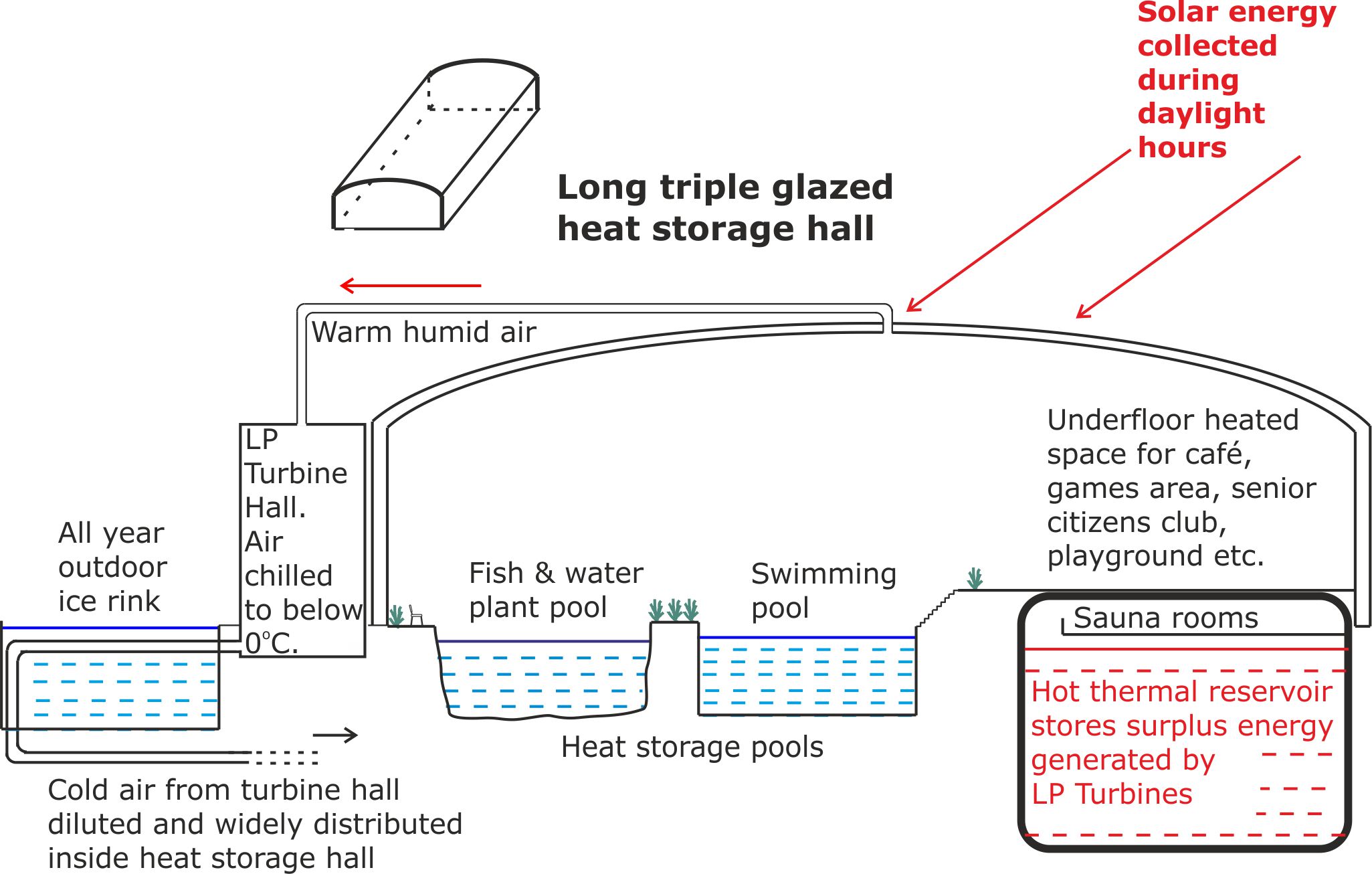
Fig 3. This power station will be cheaper to build and more reliable than an equivalent powered offshore wind turbine farm. It will also create more jobs and contribute to community bonding. In winter it will provide opportunities for leisure and exercise in natural daylight with a full view of the sky. This will help to fight off seasonal affective disorder type depression. On dark evenings, daylight spectrum LEDs will provide a good substitute for natural light.
2 Repurposing deep mine workings
Deep mines were originally excavated to extract coal and other minerals. In the future they could be mined for geothermal energy, for fuelling LP Turbines.
Provided that they are rested at intervals, deep mines will be capable of supplying geothermal energy for many thousands of years to come. Unlike conventional geothermal power stations which require heat above 100oC, LP Turbines can exploit heat at mining tunnel temperatures.
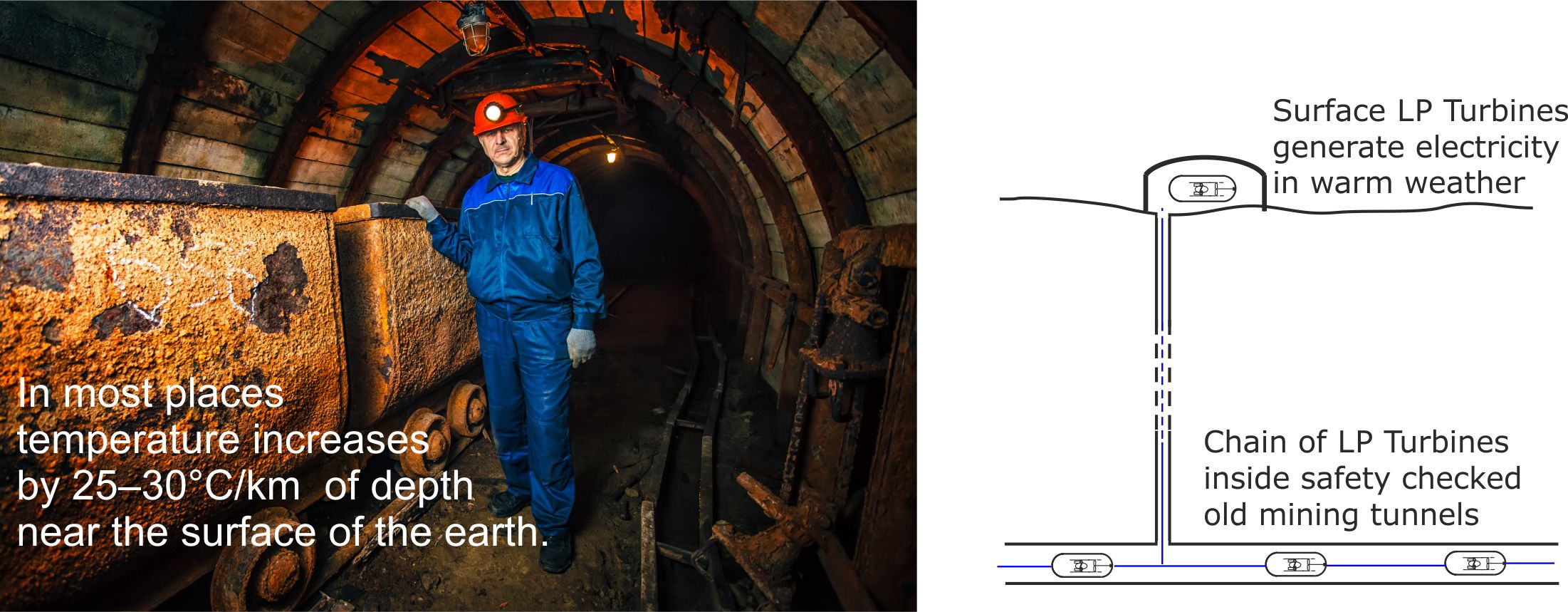
Figure 4. Long after the coal mining jobs have gone, this mine could continue to create jobs based on clean energy.
Generating electricity at the surface in warm weather allows the temperature to build up again in the rock surrounding the tunnels.
Vertical farms (discussed below) can also be established underground with different crops being grown in summer and winter, to reflect the rate of heat extraction. [According to Professor Saffa Riffa at Nottingham University, the UK alone possesses an estimated 25,000km-sq of disused mines and tunnels, much of which could be used for vertical farming https://www.bbc.co.uk/news/uk-wales-46221656]
3 Reviving communities with degraded hilly landscapes
3.1 Converting opencast mines into winter sports playgrounds
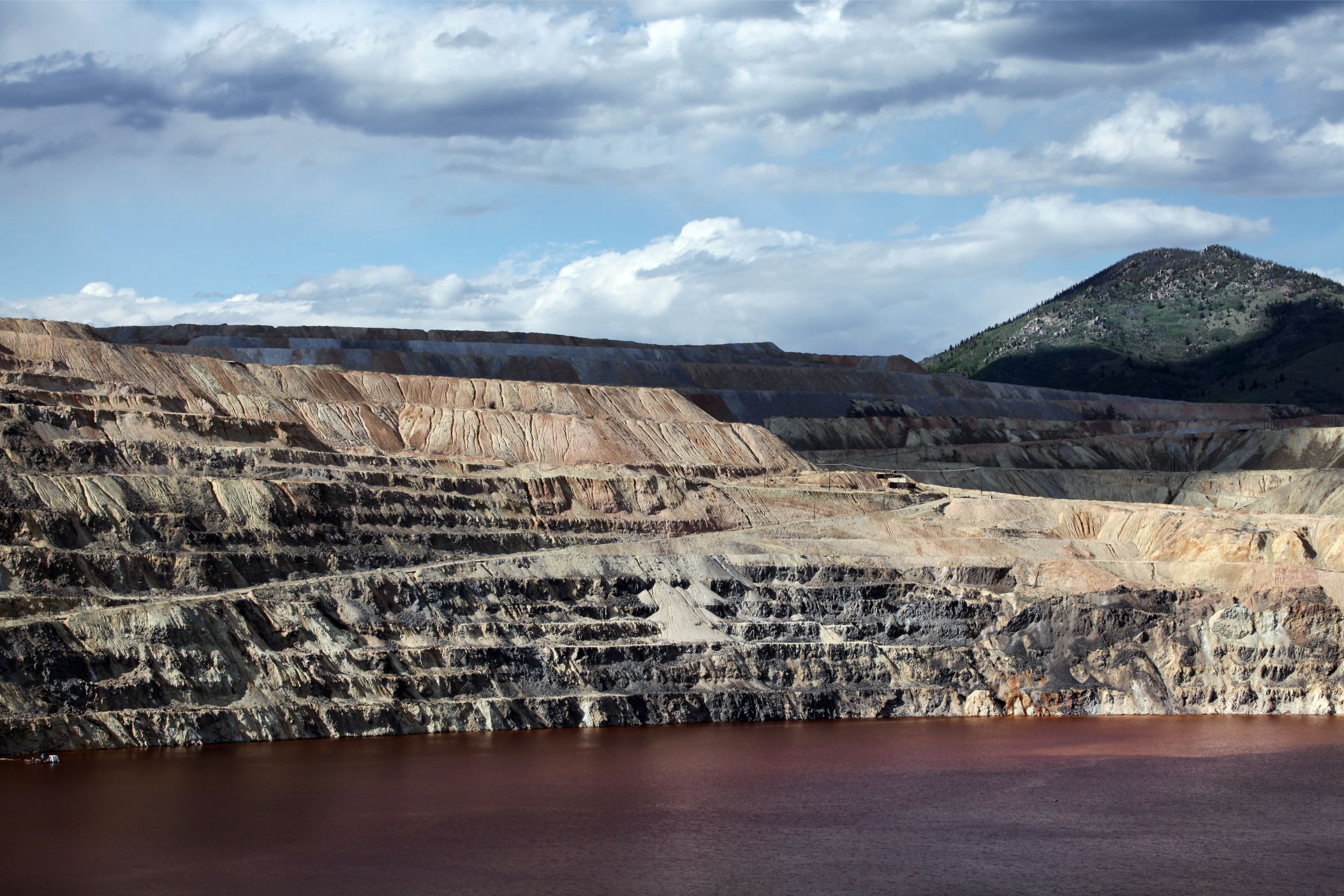
Figure 5. This disused quarry could create leisure industry jobs by being repurposed as a winter sports playground.
The LP Turbine technology involved
In order to ensure a permanent ice and snow cover, even on warm summer days, we propose using LP Turbines to extract heat out of the ground at a faster rate than the sun is warming it.
The ground or water in the activity areas would be chilled well below 0oC by refrigerant systems linked to LP Turbines. Some of the electricity generated will be needed to power snow making and other machines, but the bulk will be available for other local uses.
The cooling trick involved is to force the LP Turbines to run at a low temperature by adding partial lagging.
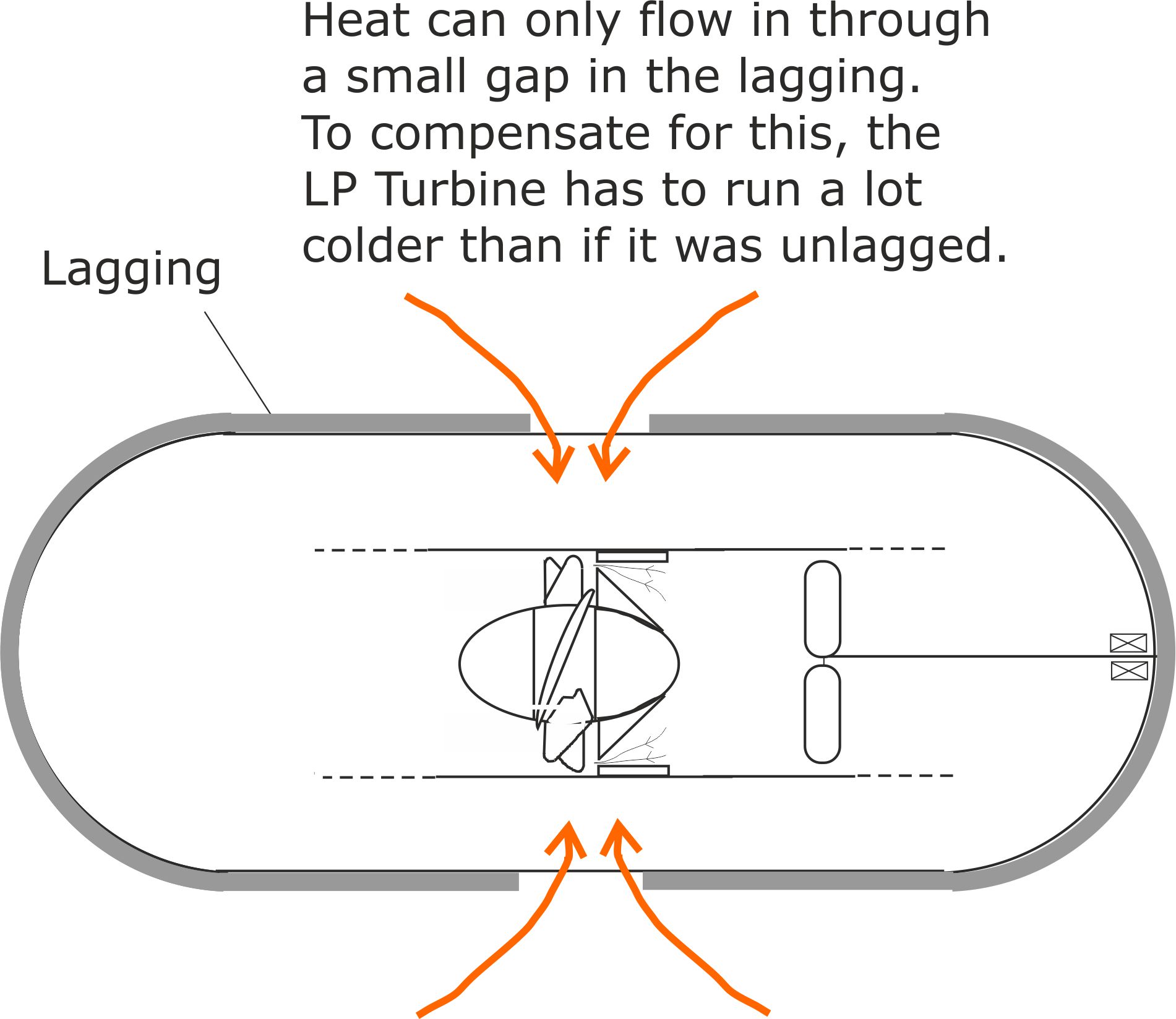
Figure 6. A cold running LP Turbine.
The smaller the gap in the lagging, the cooler the LP Turbine runs. The amount of cooling also increases with the output of power.
These are some of the winter sports features the repurposed landscape could offer.
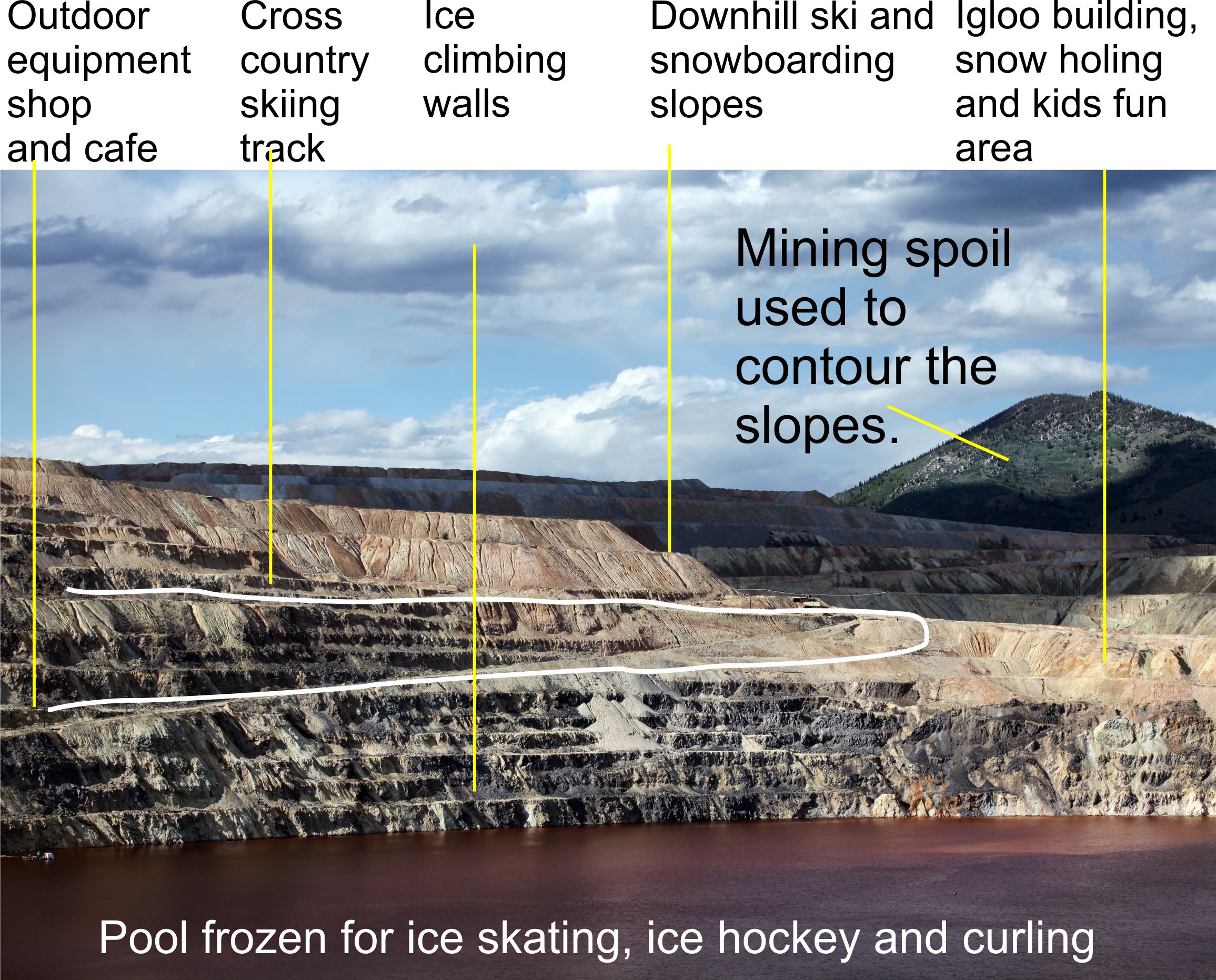
Figure 7. In the eyes of winter sports enthusiasts, this is a landscape for having fun. But for the owners of the site, it is an income earning leisure business that doubles up as a clean energy power station.
3.2 Improving job security in the traditional snow sports industries

Figure 8. Local incomes fall when the snow melts.
Global warming is making jobs in the multibillion dollar traditional snow sports industries increasingly precarious. By using the same LP Turbine technology discussed 3.1, the snow slopes could be stabilised while generating cheap clean energy for the après ski industry and keeping the tourist accommodation warm.
LP Turbine technology could also be used to extend the glacier skiing season while simultaneously slowing down the summer melting of glaciers. To protect the glaciers in this way, snow making machines would be used in warm weather to cover the bare ice with more efficient heat reflecting snow.
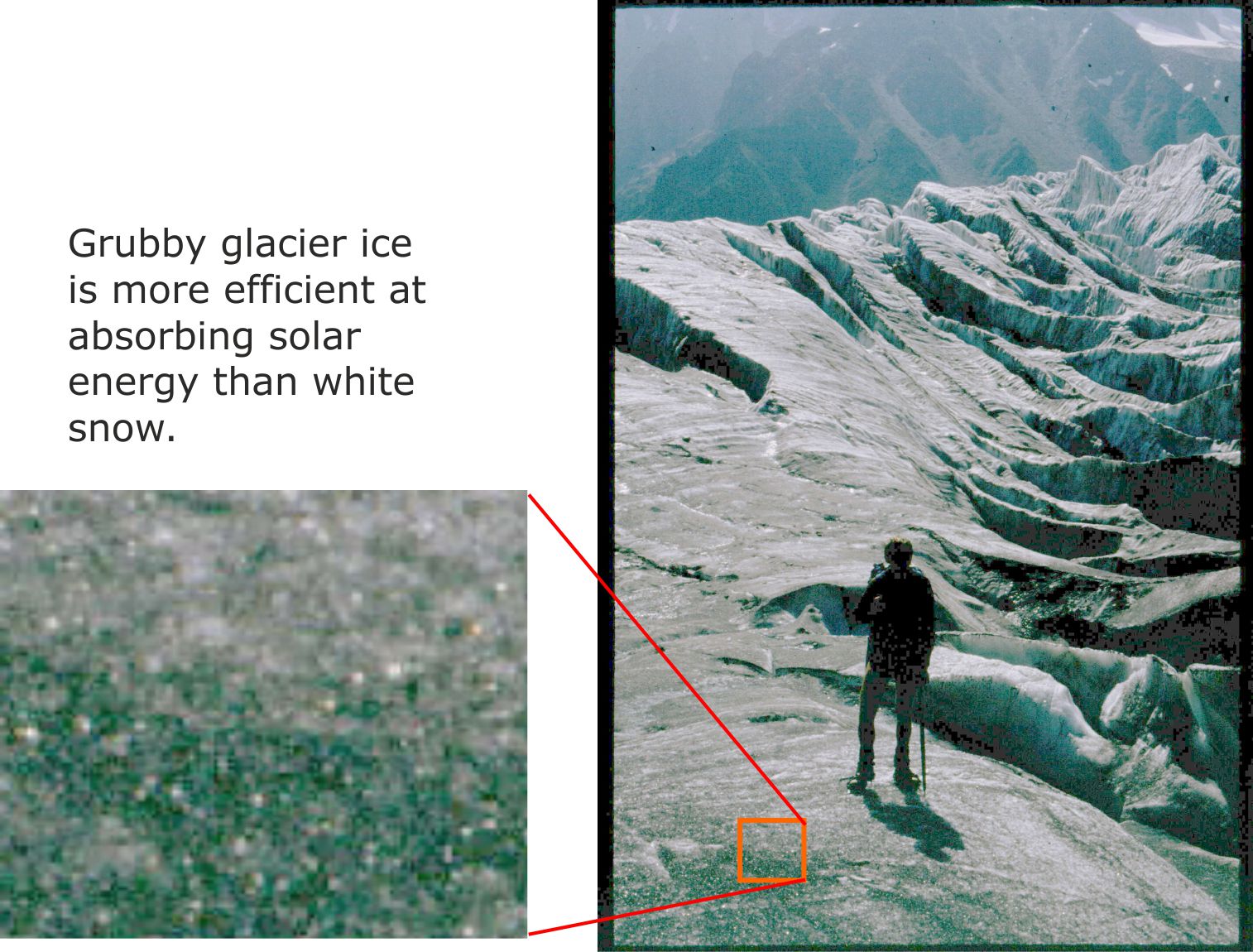
Figure 9. This is the inventor of LP Turbines, Bill Courtney, crossing the Mer de Glace, the longest glacier in the Alps in the summer of 1985. The bare ice ha a naturally grubby surface because it includes particles ground out of the bedrock by the moving glacier. This dark surface is far more efficient at absorbing solar energy than snow covered ice. Since the photograph was taken, the length of the glacier has shrunk by 0.9 km. Most of the shrinkage has taken place during this century.
Covering grey glacier ice with brilliant white snow in order to reflect solar energy back into space will only make a small contribution to reducing global warming. But the engineering lessons will come in useful if, at some future date, we need to take urgent action in order to prevent the breakup of the great ocean feeding glaciers of Antarctica and Greenland.
3.3 The Coaltown Alps?
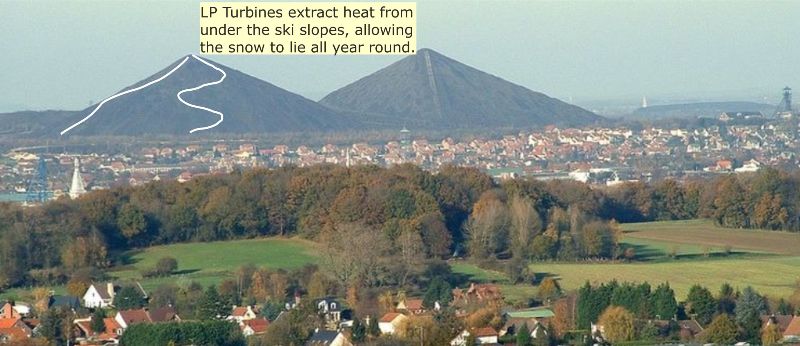
Figure 10. Provided that they are structurally stable, mining waste heaps could become snow sport hillsides.
4 Repurposing abandoned factories
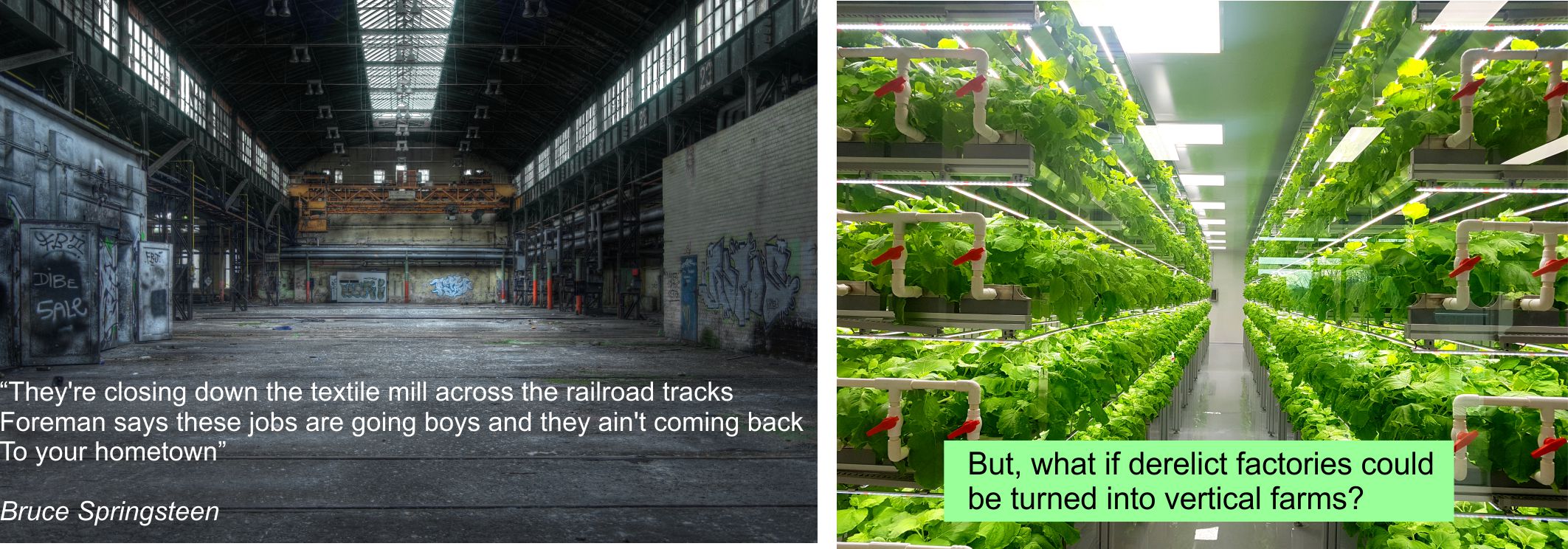
Figure 11. Vertical farms are a rapidly evolving method of growing food crops indoors under artificial light. [https://en.wikipedia.org/wiki/Vertical_farming] They offer protection from weather damage, require very little irrigation water and pest borne diseases are effectively eliminated without using polluting chemicals. Thanks to automation, they are not massive job creators, but they provide a steady source of employment throughout the year instead of seasonal work. Scientific tests indicate that crops grown under artificial light are at least as nutritious as those grown in the open air.
Currently, their downside is that running a vertical farm requires electricity for lighting and heating. This lowers their green credentials and makes them less commercially attractive.
The energy problems can be overcome by using LP Turbines to produce clean low cost power.
5 Changing high-rise flat designs to fight the diseases of despair
High rise flats are socially isolating and during the COVID pandemic their occupants have been trapped inside with very limited access to the vitamin D building benefits of direct sunshine.
This ‘Pack them high and keep the housing cheap’ approach is making us sick. But with a bit of imagination and some LP Turbine technology, we can create good quality, healthy high rise living.
By building stepped flats with patios that face the mid day sun, all occupants will be able to enjoy a taste of healthy sunbathing. The design creates a lot of space inside the building that can be used for vertical farm food production.
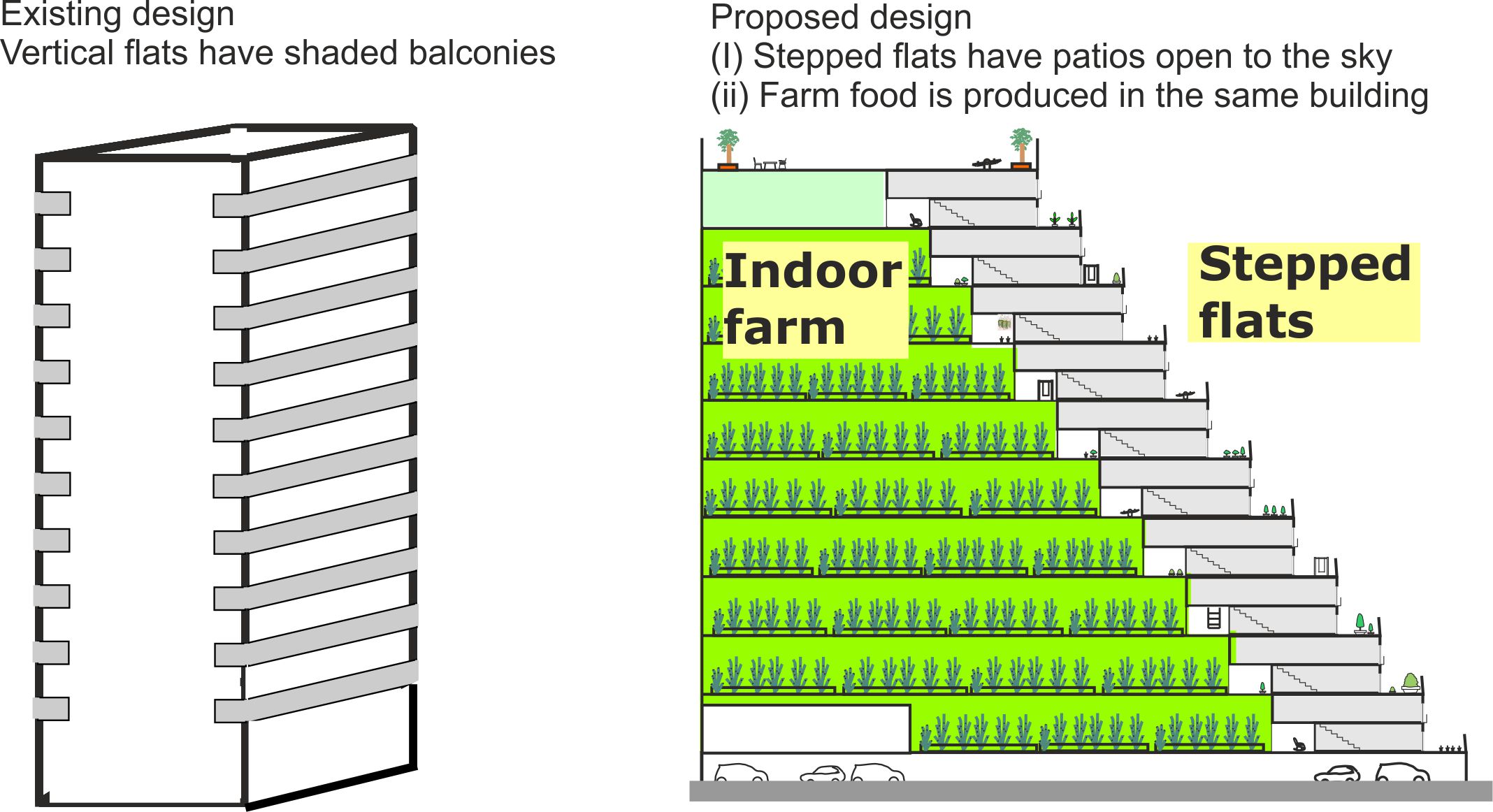
Figure 12. The stepped flat concept is discussed in detail on this linked page.
6 A green remake for failing seaside towns
Seaside resorts in the UK and other Northern European countries with mild climates tend to have high levels of poverty. Incomes rely heavily on seasonal work and the resorts find it difficult to compete with those in warmer climates. Their prospects in the post-COVID era look even gloomier. There will be less holiday spending money around and even fiercer competition from the warm climate resorts.
LP Turbines could reduce the cool climate handicap by providing the heating and power for a range of indoor attractions for bad weather days. These indoor attractions could also extend the tourist season by providing winter breaks.
Energy hungry attractions powered by LP Turbines could range from tropical indoor beaches to wave making machines for surfers.
In order to generate LP Turbine power without cooling the resort air, the heat could be extracted from the sea.
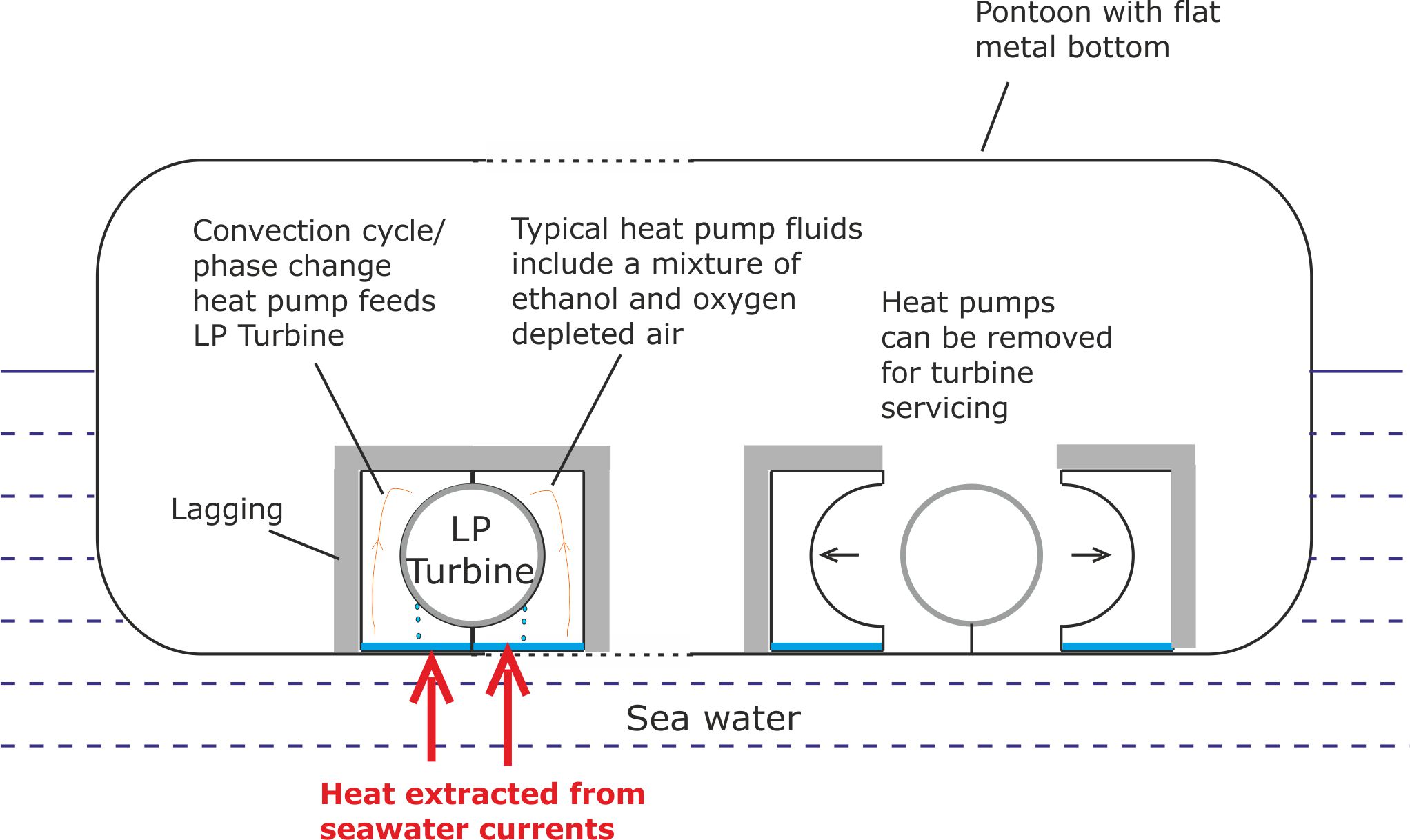
Figure 13. A marine Latent Power Turbine.
Tidal movements and water currents ensure that the water under the pontoon does not linger long enough to become noticeably chilled. Furthermore, the maximum demands on LP Turbine power will occur on poor weather days when only hardy swimmers enter the water.
The pontoons could be used to create additional features that attract affluent higher spending visitors.
The following example assumes the creation of piers on top of two long chains of pontoons that stretch out beyond the low tide mark.
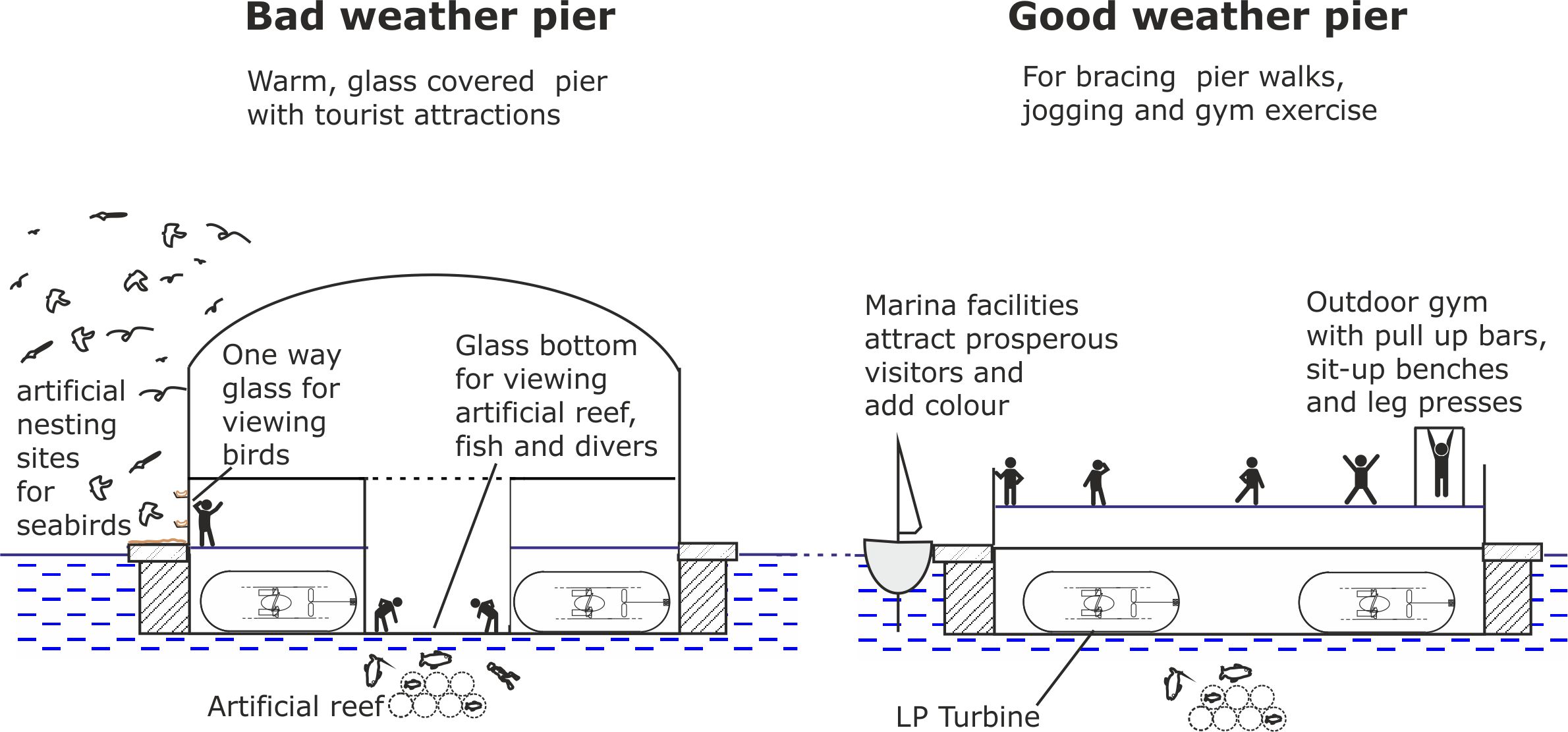
Figure 14. The intimate seabird and fish viewing experiences will appeal to a younger generation of tourists who may not otherwise visit the resort.
The development of a new generation of ‘green’ marine craft powered by LP Turbines instead of diesel engines is likely to stimulate the coastal small boat building industry and increase the demand for moorings.
Marina facilities at adjacent resorts along the coast could make ‘resort hopping’ boating trips a lucrative tourist business. This would encourage resorts to work together on joint marketing initiatives.
Opportunities for diversification
(i) Pier end desalination plants
According to the Institute of Chemical Engineers, desalination plants could become more common on UK coastlines and estuaries by 2050 as population growth and the effects of climate change place increasing pressures on water supplies. [https://wwtonline.co.uk/news/uk-desalination-plant-numbers-could-rise-to-meet-water-challenges ]
Onshore desalination plants can cause brine pollution problems. For every litre of potable (drinking) water produced, about 1.5 litres of concentrated brine has to be discharged back into the sea.
Pier end desalination plants could reduce this problem by allowing direct access to sea water a couple of kilometres offshore. The concentrated brine residue could then be diluted with normal strength sea water before it is discharged back into the sea. Also, by building lots of pier end plants around the coast, instead of a few large onshore plants, the concentrated brine load would be shared out.
Provided that skin irritating water treatment chemicals are removed, the concentrated brine could also be used as a tourist attraction before it is returned to the sea. Bathing in concentrated brine is known to help in treating skin conditions such as eczema, dermatitis and acne, as well as rheumatic and orthopaedic diseases. Floating in concentrated brine is also very calming and great fun!

Figure 15. Concentrated brine is denser than normal sea water, so you can float with more of your body out of the water.
This is a proposal for implementation around the middle of the century. By this time the experience of integrating LP Turbines into the desalination industry in general should result in more compact and aesthetic structures than today’s desalination plants.
(ii) Creating jobs on adjacent coastal stretches that have limited appeal for tourists
Seaweed, with its long chain molecules, is a promising future alternative to oil for making biodegradable plastics and many chemicals. [For example, seaweed based biodegradable energy drink pouches were handed out to 2019 London Marathon runners.]
First generation seaweed farms favour sheltered sea lochs, but they will need to expand into more open, wilder seas in order to grow sufficient seaweed to completely replace oil. By corralling sections of open water using LP Turbine pontoons, a certain degree of shelter for farms could be provided. More importantly, the pontoons would become the power stations that provide the energy needed to process the seaweed, to make the new materials. As a bonus, seaweed farming has several environmental benefits. The growing seaweed oxygenates the water, captures CO2 from the atmosphere and mops up a range of seawater pollutants including micro-plastics. It also creates artificial habitats for marine life.
A green chemicals industry would create year-round jobs for some residents in the adjacent resort. This is already happening with SeaGrown, a UK company creating seaweed farming jobs in Scarborough on the Yorkshire coast. https://www.seagrown.co.uk .
If there is local unease about a chemical plant close to their holiday resort, residents may be won over if biochar manufacturing is introduced as the first chemical processing of cultivated seaweed.
Biochar made from seaweed has a higher trace element content (N, P and K) than biochar made from wood [Nature Briefing https://www.nature.com/articles/srep09665 ], making it particularly good for soil improvement. The biochar could also be used for cleaning up local municipal wastewater, improving the seawater quality of the resort.
7 Other nudges to reduce despair
7.1 Creating jobs in rural communities
The mechanisation of farming has destroyed many jobs in agriculture and taken the soul out of village life as workers cottages have been bought up by city dwellers for second homes.
On this linked page we suggest how hydrogen/LP Turbine powered robot-tractors could breathe new life and jobs into our rural communities.
7.2 The arts, professional sports and other live audience entertainments
The prospect of a job related to professional sports, the arts or entertainment is the dream of many young people. If they are successful they act as role models and often give back a lot to their home community.
For example, many athletes have done great work [https://www.sportanddev.org/en/article/news/famous-athletes-who-give-back-their-old-communities] and Dolly Parton’s family have provided employment for many by creating Dollywood.
LP Turbines can play their part in maximising the number of venues open by reducing overheads for heating, lighting, air conditioning and power.
7.3 International tourism
LP Turbine based prosperity in the developing world will result in a large expansion of international tourism. Many jobs in this sector will rely on the employees having relevant craft and interpersonal skills rather than university qualifications.
Delivering the projects- A sequence of actions
In order to get the low cost clean energy benefits at the earliest possible date, the LP Turbine halls should be built at an early stage in the construction schedule and allowed to run off heat extracted from their surrounding environment.
The globalisation outlook post COVID
We predict that L P Turbines will gradually lift the level of blue collar pay around the globe, with workers in the developing countries seeing the biggest pay increases. This trend combined with automation and a desire for post-COVID self sufficiency, will reverse the march towards globalisation.
Summary
The innovations outlined on this page can help to combat the diseases of despair in several ways by:
- Creating stable jobs that can support a family but do not require a university education.
- Encouraging healthy eating by providing locally grown fresh fruit and vegetables at an affordable price.
- Boosting local pride that their community is delivering a green sustainable future that builds on its industrial past.
- Building a protective community spirit that encompasses all ages.
- Providing affordable opportunities for healthy exercise such as swimming and ice skating.
- As discussed on the other pages linked below, LP Turbines will help to reduce economic inequality.
Links
